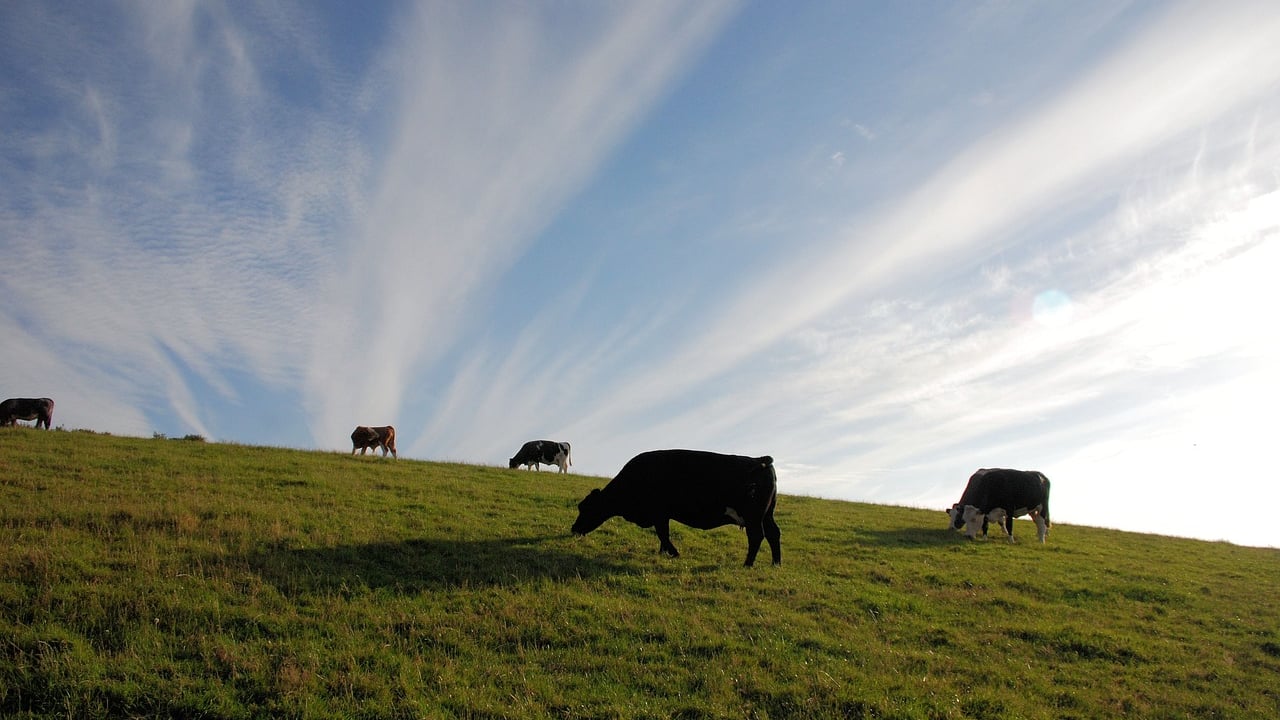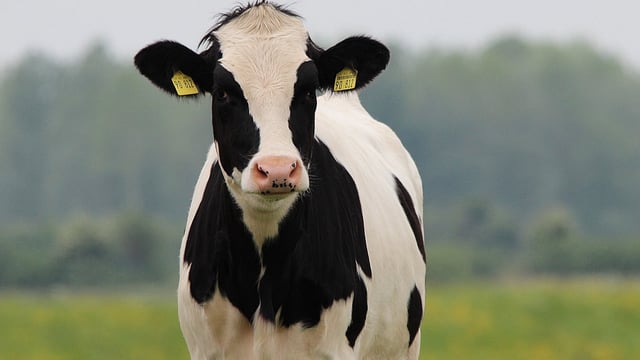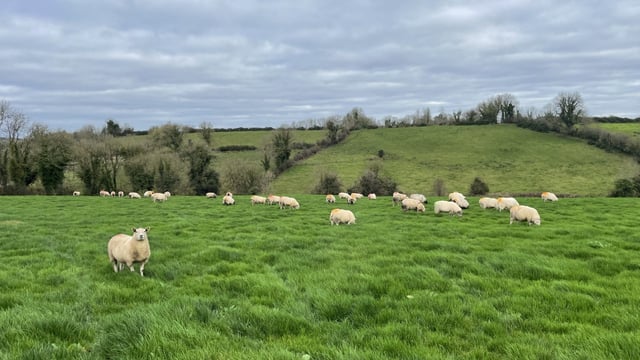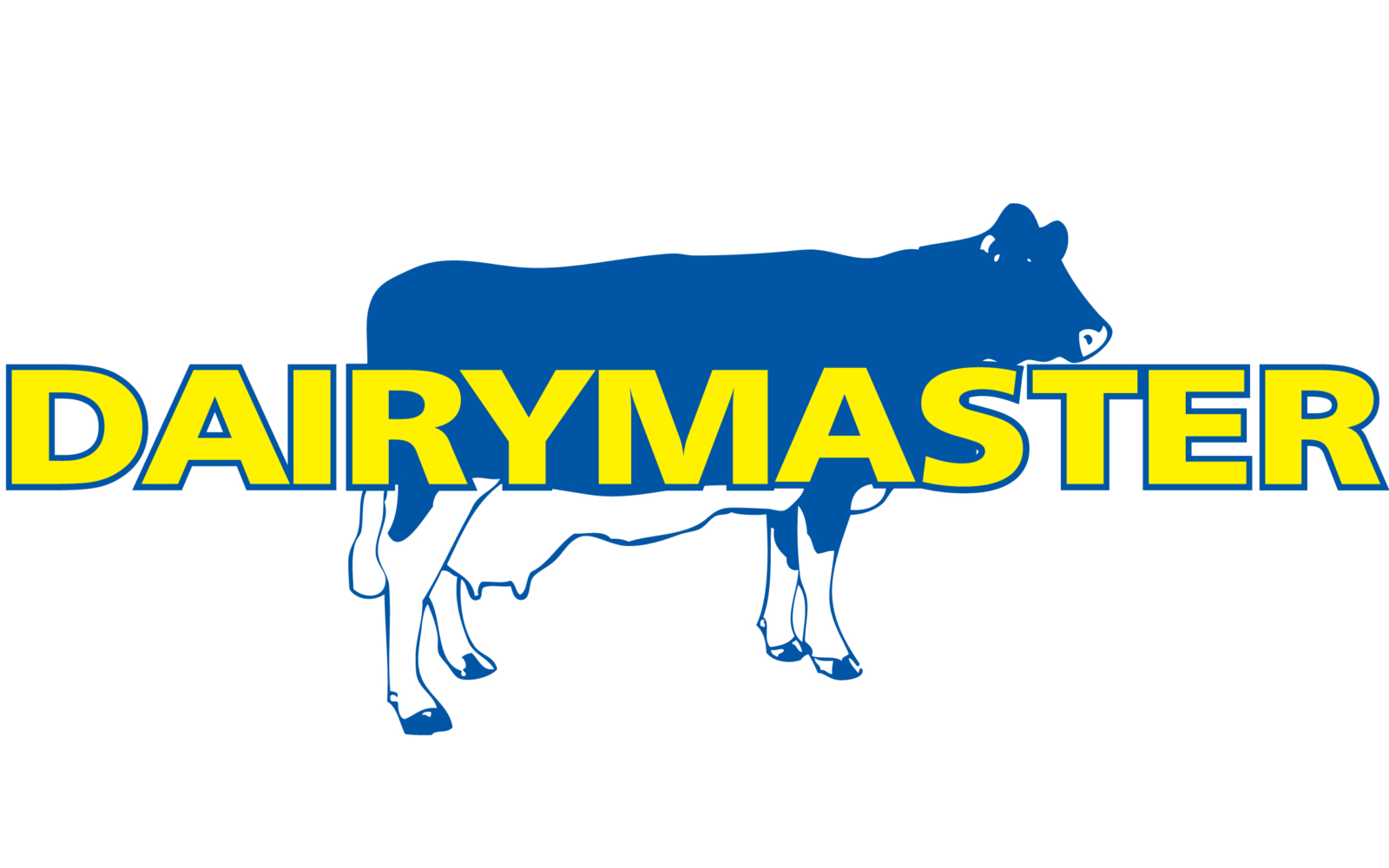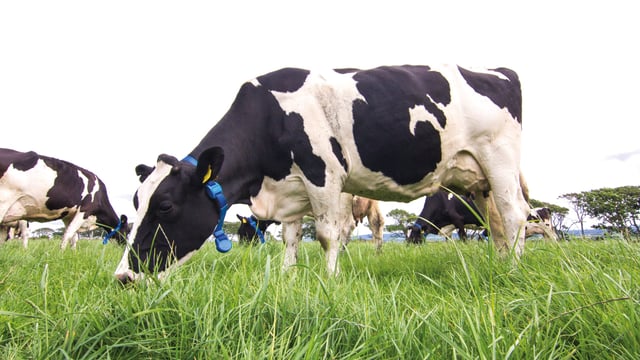Some progression and stalling recorded on meeting MACC targets
Advances have been made in 2024 to meet goals set out by the Teagasc Marginal Abatement Cost Curve (MACC), however some areas are stalling, according to a performance report.
Ireland has committed to a 25% cut in greenhouse gas emissions from agriculture, with the latest data from 2023 showing a decrease of 4.6%.
This follows on from a reduction in 2022 of 0.7%. However, the decline follows increases in the preceding years, bringing the total decline from 2018 to 2.9%.
The Teagasc report: 'Advancing Innovation, Sustainability and Technical Performance of the Agri-Food Sector in 2024' shows that the reduction has been driven by lower cattle and sheep numbers in 2023 and lower milk yields per cow.
Another key contributor has been from farmers taking on measures from the MACC, with progress made in relation to nitrogen (N) fertiliser use.
The use of N fertiliser neared its 2030 target last year, with the aim for use to be under 300,000kt. The figures dropped down to 281,000kt in 2023, but were higher for 2024 at 310,000kt.
Steady progress was made in the increase recorded for the use of protected urea. The target set in this area is to increase usage to 95% of straight N by 2030. There has been an increase from 1.6% in 2018 up to 26.4% in 2024.
Little progress has been made in relation to the age of finished cattle with the MACC setting out a goal for the age to reach 21.6 months by 2030. There has been no change in this area since 2018, with the average still at 26 months.
Teagasc director, Professor Frank O'Mara said that there was a slight increase of 11 days in the time for finishing cattle last year, which is most likely due to poor weather conditions.
Progress for lime usage remained stagnant in 2024 compared to 2018, at 1.5 million tonnes off the target. Poor weather was also a contributing factor to a lack of progress here.
The report also outlined a lag behind in forestry targets, with records for 2024 showing 1,573ha planted, far from a target of 8,000ha by 2030.

